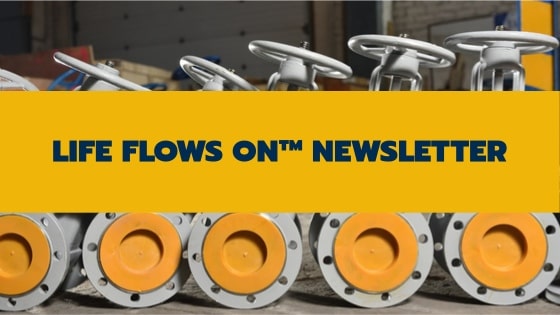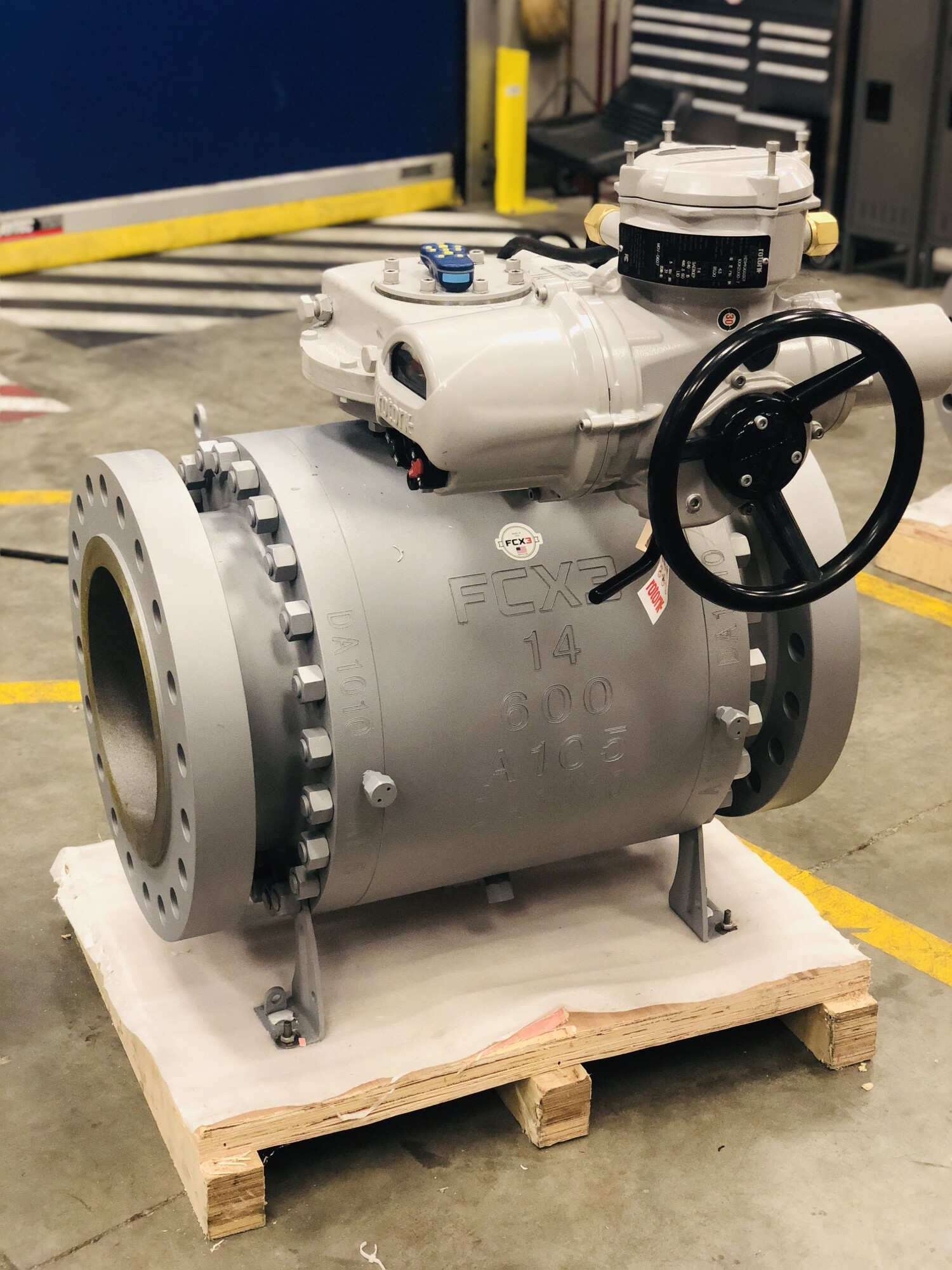
Electrohydraulic Valve Actuators vs Electric Actuators

Did you know that there are various types of electrohydraulic valves and electric actuators, and they can all be applied in different ways? There are variations in proportion, on and off versions, and closed-loop or open-loop controls.
These types of valves are electrically operated. They control hydraulic fluid sent to the actuators themselves.
Keep reading, and we’ll tell you all about the different types of electric actuators.
How Do Electrohydraulic Valve Actuators differ from Electric Actuators?
An electro-hydraulic actuator is a valve that operates with pressurized hydraulic fluid. The valve itself is an element that can be closely integrated with the actuator. The actuator is a device that uses the type of power to convert a controlled signal or fluid into a mechanical motion.
You have to use them in a certain way to increase their effectiveness. You can decide between using onboard or offboard electronics, the right sizing spool, and what sealing compound you will use. It is also important to understand the difference between hybrid or regenerative circuits and functions.
Each factor will determine the effectiveness of the valve that you choose. Industrial actuators can often use air, hydraulic fluid, or even electricity for their power.
Electric power is actually the main source of energy for this type of actuator. Think about it this way: an electrohydraulic actuator valve operates a piston with pressurized oil.
An electric actuator on the other hand utilizes electric motors and gear reduction to drive the production of a force or a torque. It’s simply a type of device that creates the movement of a load.
They may also produce actions that require different forces like clamping while using an electric motor to create that certain type of force.
How it works is that the motor will create a rotary type of motion at the same time that the spindle or rotor rotates.
What are Electrohydraulic Valve Actuators Best Used For?
Electro-hydraulic valve actuators and hydraulic valve actuators convert the pressure of a fluid into motion in response to a signal. This type of actuator uses an external power source and receives certain signals measured in amperes, pressure, or volts.
Once hydraulic fluid drains from the lower chamber of the system, the valve is then closed again. There are several types of electric hydraulic actuators such as the self-contained version.
These systems are often used with linear and rotary valves and also with butterfly and gate valves.
Electro-hydraulic actuators as well as the valves that can integrate with them can be used across multiple industries. They can be used in steel mills or even nuclear power plants. They can also be used in material handling, and their usage can be beneficial to elevator manufacturers.
You can also use these valves with winches or crane drivers. Other examples include military vehicles with a focus on the wheel motors, or even self-driven cranes, or an excavator tool.
What are Electric Actuators Best Used For?
Multiple technologies can be used for the design of an electric actuator. Whether they use AC or DC power or an asynchronous or synchronous type of divide they can be integrated closely with different elements or other assemblies.
Hydraulic actuators can be used across different industries for different implementations as well. They can be used with material handling throughout the robotics or agricultural machinery industry; as well as with solar panel operations, cutting equipment, and valve operations.
How Long Do They Last?
Different types of actuators all have different lifespans. Electronic actuators usually have a lifespan of ten years. Compare that to a mechanical actuator, and which has a lifespan of three years. This range can significantly expand depending on the equipment.
You can usually tell when an actuator is getting close to failure. Paying attention to the engine management light, fluctuation of power or a complete loss of power, and if there is intermittent low pressure. Electro-hydraulic actuators do provide routine maintenance as with any type of equipment.
The routine maintenance of this type of actuator usually involves replacing seals, O-rings, and other parts.
Electro-hydraulic actuators use oil throughout their connected equipment which can pose a fire hazard; so, there are some environments where you may want to stay away from this type of actuator.
Pros and Cons of Electric Actuators
Keep in mind that there are a few pros and cons of electric actuators. Deciding whether or not the pros outweigh the cons will depend on your intention for the implementation period. A few advantages could be:
- They offer the highest precision.
- They are scalable for multiple purposes or force requirements
- They can be easily and quickly programmed
A few disadvantages that you may experience with electric actuators could be:
- They aren’t suitable for all conditions
- They offer high speeds with less thrust or high thrust with less speed
- They are very sensitive to vibration
- The technology is more complex
- Electric motors can be very large in size
Get What You Need
Keep in mind that electrohydraulic actuators can be used with different types of valves. Feel free to contact us if you have questions about the valves you’re working with.
Whether you’re in need of a part of an entire system, each component or method will have its own initial cost. They will also have a list of what it can offer to a facility, piece of machinery, or project. We can help you find what suits your needs!
